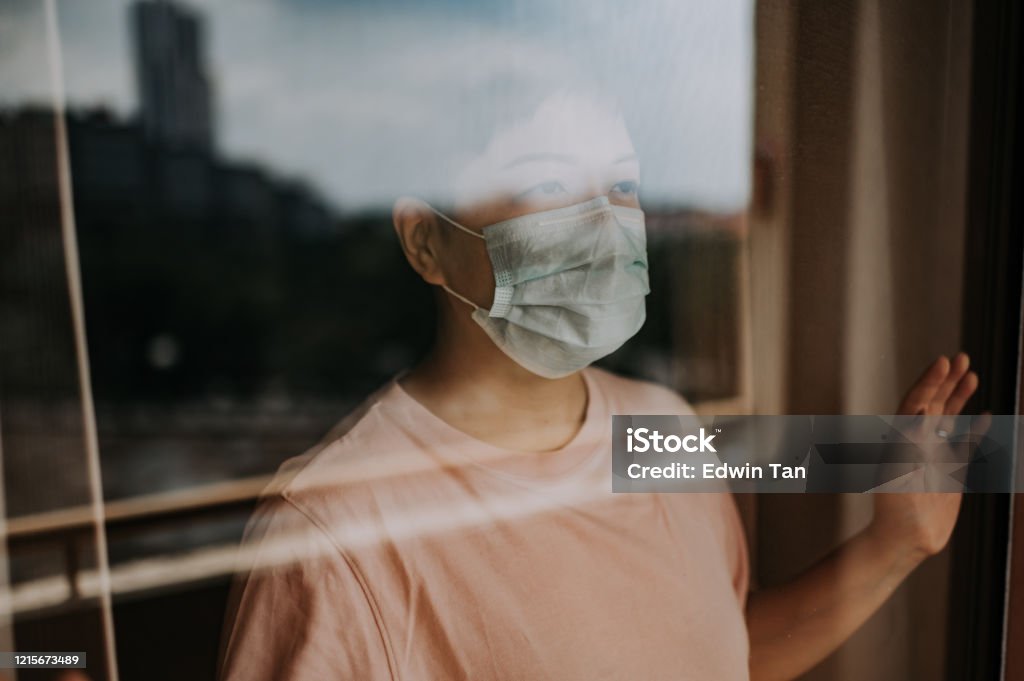Women experienced higher levels of psychological distress than men during the Covid-19 pandemic
22 Jan 2025

The SARS-CoV-2 pandemic has had a deleterious impact on human health since its beginning in 2019. The purpose of this study was to examine the psychosocial impact of the COVID-19 pandemic in the Philippines and determine if there were differential impacts on women compared to men. A web-based survey was conducted in the Luzon Islands of the Philippines, during the pandemic quarantine. A total of 1879 participants completed online surveys between 28 March and 12 April 2020. A bivariate analysis of both men and women for each psychological measure (stress, anxiety, depression, and impact of COVID-19) was conducted. Multivariable logistic regression models were built for each measure, dichotomized as high or low, separately for men and women. This study showed that for all four measures, stress, anxiety, depression, and IESR, on average, women reported significantly higher levels of psychological distress than men, demonstrating that the mental health of men and women has been differently impacted during the pandemic in the Philippines. Moreover, socio-demographic factors appear to impact how stress is experienced in both men and women. Our research has identified some of the social gaps that have to be addressed as part of an overall effort to eliminate gender disparities. The insights gained from this analysis are essential inputs in gender mainstreaming. Specifically, it can guide actions in ensuring better design, implementation, monitoring, and evaluation of policies, programs, and projects in the national efforts to create to a new post-pandemic normal.
Authors:
Divya Periyakoil (Departments of Biostatistics and Epidemiology, Johns Hopkins Bloomberg School of Public Health/School of Public Health, University of California, Berkeley/Department of Electrical Engineering and Computer Science, University of California, Berkeley), Preethi Periyakoil (Weill Cornell Medical College, Cornell University/California Institute of Technology, Pasadena), Cherica A. Tee (College of Medicine, University of the Philippines Manila), Costas J. Spanos (Department of Electrical Engineering and Computer Science, University of California, Berkeley), Marie Diener-West (Departments of Biostatistics and Epidemiology, Johns Hopkins Bloomberg School of Public Health), Michael Tee (College of Medicine, University of the Philippines Manila) and Ndola Prata (2 School of Public Health, University of California, Berkeley)
Read full paper: https://www.ncbi.nlm.nih.gov/pmc/articles/PMC9915070/pdf/ijerph-20-02326.pdf
